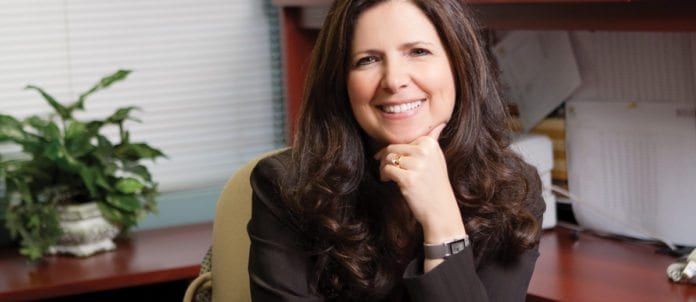If there’s a subject that elicits dread among the foodservice industry’s major players, it’s food safety. The mere mention of it sends panic and fear into the hearts of the most confident individuals and the most proactive restaurant chains and suppliers. Who doesn’t remember the brouhaha that ensued several years ago when the City of Toronto implemented public disclosure of food-safety transgressions by restaurants? Many operators were concerned the new system would signal the death knell of the industry. Six years later, incidence of food-safety issues are down 30 per cent in Toronto eateries. But ironically, despite ongoing awareness and ramped-up efforts, food safety continues to make headlines across the country, causing consternation for operators and suppliers and heightened concern among the general population.And who can blame us? Over the past year the litany of food-safety transgressions has been mounting and tainted foods have included everything from spinach to cold cuts ‘s” not to mention a recent outbreak of Hepatitis A in a fast-food unit in Newmarket, Ont. Clearly the system is deficient. Inherent weaknesses exist and much work remains to be done on this issue.In a series of stories published in the Toronto Star recently, spurred by the parliamentary committee investigating last year’s listeriosis outbreak at Maple Leaf Foods, readers learned that one in six Torontonians falls ill every year because of tainted foods. According to the groundbreaking Toronto Star research, that represents 437,000 people. What’s alarming is the vast majority of food-safety cases go unreported, indicating the problem is worse than we think. And an alarming 40 per cent of cases are caused by bacteria transferred by food-handlers who work while sick because they need the money. This has fuelled debate as to whether government needs to step in to provide employment insurance to workers so they’ll remain off work when they’re most contagious.There is ongoing dialogue as to what needs to be done, with many experts focusing on the need for full disclosure on the food-safety performance of all food premises inspected, including slaughterhouses and food-processing plants, which is not publicly available at this time. And it’s hard to argue with that line of thinking ‘s” if restaurants have to be fully transparent on food-safety systems, the production side should also be mandated to follow suit. Transparency has been introduced and has been a very good thing for food safety in this city,’s said David McKeown, Toronto’s Medical Officer of Health doesn’t see why the same benefit shouldn’t apply to food safety in other parts of the system.’sThe public has a right to expect a highly efficient food-inspection process. That means government has to ensure adequate resources, proper funding and the necessary manpower to effectively monitor the system from field to fork. And a level playing field must also exist across all jurisdictions. According to recent reports released during the Maple Leaf Foods inquiry, government had implemented a new federal inspection routine in 2007, which handed increased responsibility to plant staff instead of federal inspectors. That means annual in-depth safety audits were foregone and replaced by less intense voluntary audits and that may have produced complacency among staff.To ensure the food-safety process works, speedier responses are necessary to notify the public as quickly as possible. During last year’s listeriosis breakout, the CFIA came under attack for allegedly waiting for the results of the lengthy testing process before warning the public. The Star also reported that U.S. officials, when faced with a recent emerging salmonella outbreak, quickly notified the public and warned consumers and physicians about the tainted food before the cause or source was
even known.
even known.
Some might argue that’s alarmist, but when it comes to matters of life and death, it’s better to be safe ‘s” or safer ‘s” than sorry.




















